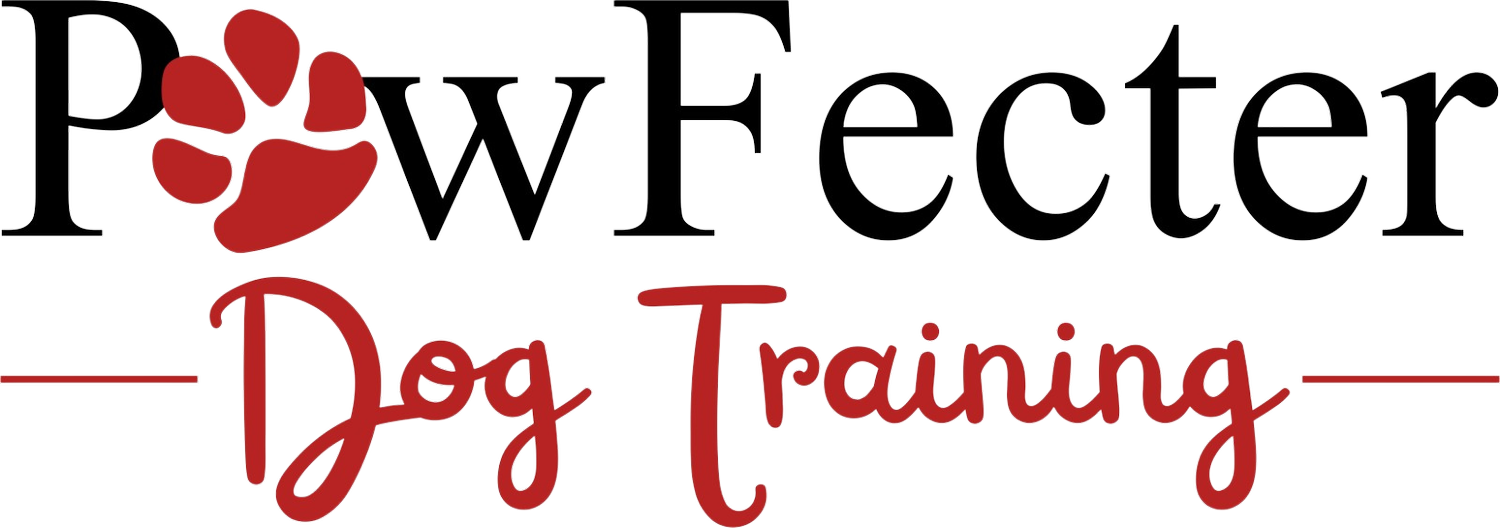Nurturing Your Dog's Toes: Understanding Their Importance and Care
In our quest to understand and enhance our canine companions' well-being, we now turn our attention to a often overlooked yet essential aspect of their anatomy – the toes. Join us as we delve into the significance of these tiny but mighty structures, explore common issues that affect them, and uncover strategies for keeping them healthy and happy.
**The Role of Toes:**
Much like our own fingers and toes, a dog's toes are multifunctional marvels that serve several critical purposes. They provide traction and stability during movement, aid in balance and proprioception, and play a vital role in activities like digging, gripping, and exploring the environment. The intricate network of bones, ligaments, tendons, and pads that comprise the toes enables dogs to navigate diverse terrains with agility and grace.
**Common Toe Issues:**
1. **Ingrown Nails:** Overgrown or improperly trimmed nails can curl into the toe pad, causing pain, inflammation, and even infection.
2. **Interdigital Cysts:** Cysts or abscesses may form between the toes, resulting in discomfort, lameness, and difficulty walking.
3. **Foreign Bodies:** Debris, thorns, or burrs can become lodged between the toes, leading to irritation, inflammation, and potential injury.
4. **Toe Fractures:** Trauma or impact injuries may result in toe fractures, causing pain, swelling, and lameness.
**Tips for Toes' Health and Safety:**
1. **Regular Nail Trimming:** Keep your dog's nails trimmed to a proper length to prevent overgrowth and minimize the risk of ingrown nails. Be cautious not to cut into the quick, as this can cause bleeding and pain.
2. **Inspect Between Toes:** Routinely check between your dog's toes for signs of cysts, foreign objects, or inflammation. Promptly remove any debris and consult your veterinarian if you notice any abnormalities.
3. **Provide Proper Footwear:** When walking on rough or abrasive surfaces, consider using protective footwear for your dog to prevent injuries and abrasions to the toes.
4. **Moisturize Paw Pads:** Keep your dog's paw pads moisturized and supple with pet-safe paw balms or moisturizers to prevent cracking and dryness, particularly in harsh weather conditions.
**Indications of Toe Problems:**
1. **Limping or Lameness:** Dogs may limp or favour one foot over another if they are experiencing discomfort or pain in the toes.
2. **Excessive Licking or Chewing:** Persistent licking or chewing of the toes may indicate irritation, injury, or the presence of foreign objects.
3. **Swelling or Redness:** Inflammation, swelling, or redness between the toes may signal infection, cysts, or other underlying issues.
**Assisting Toe Health and Recovery:**
1. **Gentle Cleaning:** Cleanse your dog's toes with a mild, pet-safe cleanser and warm water to remove dirt, debris, or irritants.
2. **Topical Treatments:** Apply pet-safe antiseptic or anti-inflammatory ointments as recommended by your veterinarian to aid in healing and alleviate discomfort.
3. **Rest and Immobilization:** If your dog experiences a toe injury or fracture, restrict activity and provide ample rest to allow for proper healing.
4. **Veterinary Consultation:** Seek guidance from your veterinarian for a comprehensive assessment and treatment plan tailored to your dog's specific toe issues.
**In Conclusion:**
The toes may be small in size, but their significance in a dog's life cannot be overstated. By being proactive in their care, monitoring for signs of trouble, and seeking timely intervention when needed, we can ensure our furry friends continue to tread confidently and explore the world with joy and vitality. Let's give those toes the attention and care they deserve, for they are the silent heroes of every canine adventure.

